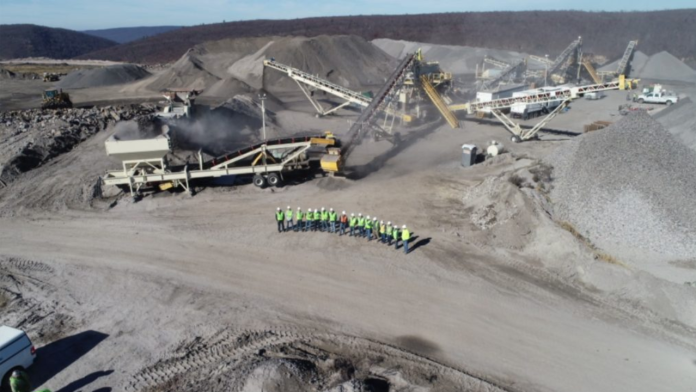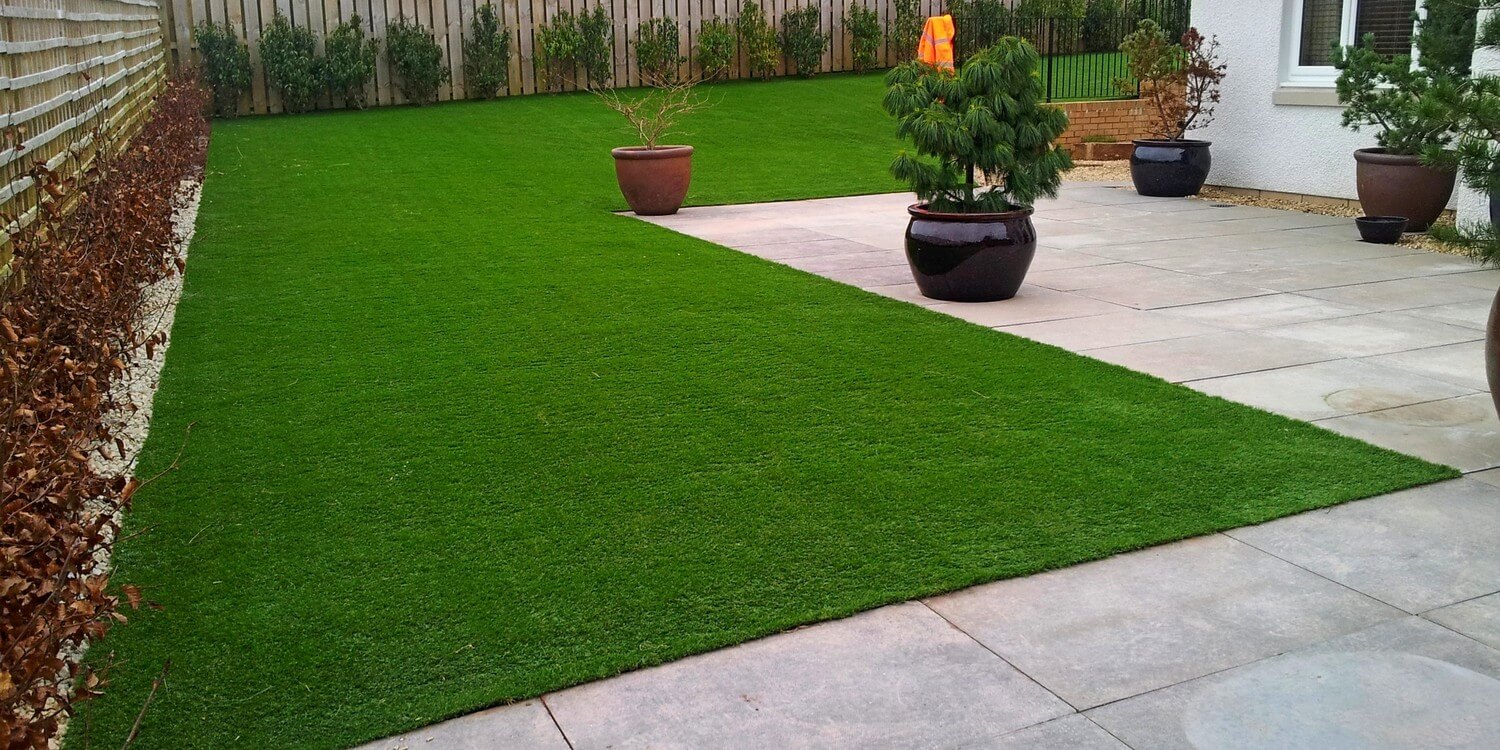The sand serves essential purposes within industrial and construction operations. People need sand as a primary material for making concrete roads and glass products. Today’s industrial growth needs high-quality artificial sand production, which makes sand plants necessary for delivering this output. When purchasing a sand plant, you must examine essential criteria to ensure that your equipment selection will boost the plant’s performance and operational effectiveness.
Understanding the Purpose of the Sand Plant
Finding quality sand plants depends on knowing how they work. Industrial needs demand special sand processing because the natural sand quality and supply patterns vary widely. Special sand plants process raw materials to create artificial sand products. Sand plants use crushing techniques to produce artificial sand that matches industry standards by transforming raw materials into uniform texture and size.
Sand plants facilitate production for construction projects, glass-making, and metal-casting industries. These businesses need dependable sand supplies that meet production requirements. Companies must pick processing equipment that meets their unique industry needs, such as making fine sand for construction sites or coarse sand for diverse applications.
Types of Sand Plants and Their Applications
Your selection of sand plants should begin by identifying the plant that best fits your needs. Sand plants exist as fixed, semi-mobile, and fully mobile units for sand production.
- Fixed sand plants remain in a single location to efficiently produce large amounts of sand. They deliver the best results when materials come from a single location throughout large-scale operations.
- Semi-Mobile Sand Plants can be set up and taken down from different locations thanks to their easy mobility.
- Our fully mobile sand manufacturing units go where projects need them most. These plants work best when the required output is minimal or temporary setups are necessary due to site conditions.
Dry and wet sand processing methods represent essential differences in how sand operations work. Mechanical sand plants separate sand particles, while wet sand plants use water to purify the final product. Sand production methods depend on what sand you need plus where you plan to use it.
Essential Equipment for an Efficient Sand Plant
Your sand plant reaches maximum efficiency with strategic equipment purchases. Several essential tools come together in sand production.
- Basic material preparation starts with different crushers, including jaw, cone, and impact crushers, to process raw pieces into sand-sized elements.
- The VSI sand-making machine transforms raw material into high-quality artificial sand by shaping it into the necessary grain size and texture.
- Vibrating screens identify material sizes, and sand washers remove particles to produce high-quality output. Delicate sand recovery systems reduce unwanted materials and maintain optimal production outcomes.
- Material transport systems on belts and hoppers keep raw materials moving without interruptions.
Factors to Consider When Choosing a Sand Plant
Different elements determine which sand plant will meet your specific needs. These include:
- The equipment choices depend on the hardness of the processed raw material. The more excellent toughness of basalt and granite needs powerful crushing equipment and sand production systems.
- Sand plants come with production options that range from 100TPH units to 500TPH or bigger plants to match your output needs. Match the plant’s production rate to your actual business purposes.
- The sand plant should generate sand particles within specified size requirements. You need fine and clean sand for concrete production but can use coarser sand when handling other applications in your plant.
- Buy equipment that performs well and keeps operating expenses low. Energy-efficient equipment choices lower running expenses, which secures the plant’s profitability in the future.
- Advanced control systems help operations by automating processes and providing instant performance data.
Environmental Considerations and Regulatory Compliance
Sand plants need to follow environmental rules to function correctly. Sand plants must control dust and noise emissions to protect nature. Wet sand plants must handle water efficiently by reusing excess water instead of discarding it into the environment.
Following environmental laws protects you from legal trouble and helps you keep running your business sustainably in the future. Opt for machine models that support environmental rules and decrease their effects on our planet’s well-being.
Maintenance and Longevity of Sand Plants
Running scheduled maintenance helps a sand plant work better and last longer. Regularly inspecting crusher screens and conveyors helps operators maintain peak performance. A structured system of maintenance prevents unexpected shutdowns and maintains production stability.
Building the plant with durable materials helps increase its lifespan and minimize running issues. Choosing trusted manufacturers who offer solid support services will also help you avoid unexpected problems.
Conclusion
Choosing your sand plant affects how well it will run and generate output for your operations. Your selection should depend on the sand type you need, plus your equipment choices, production needs, and environmental rules. Your choice of sand plant affects both your present and future business results. You will achieve better sand production results through thoughtful preparation and equipment purchasing choices that match your unique requirements.














